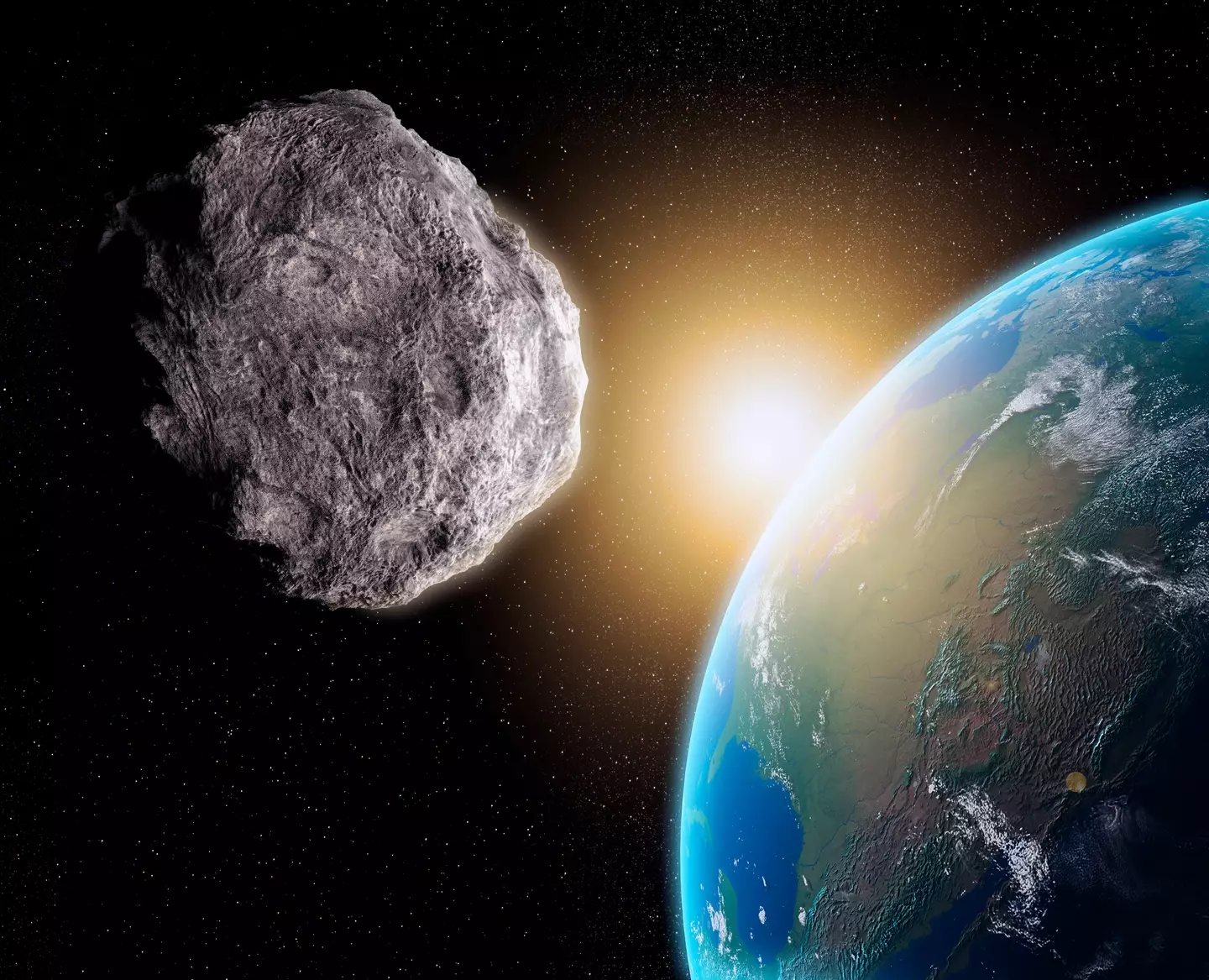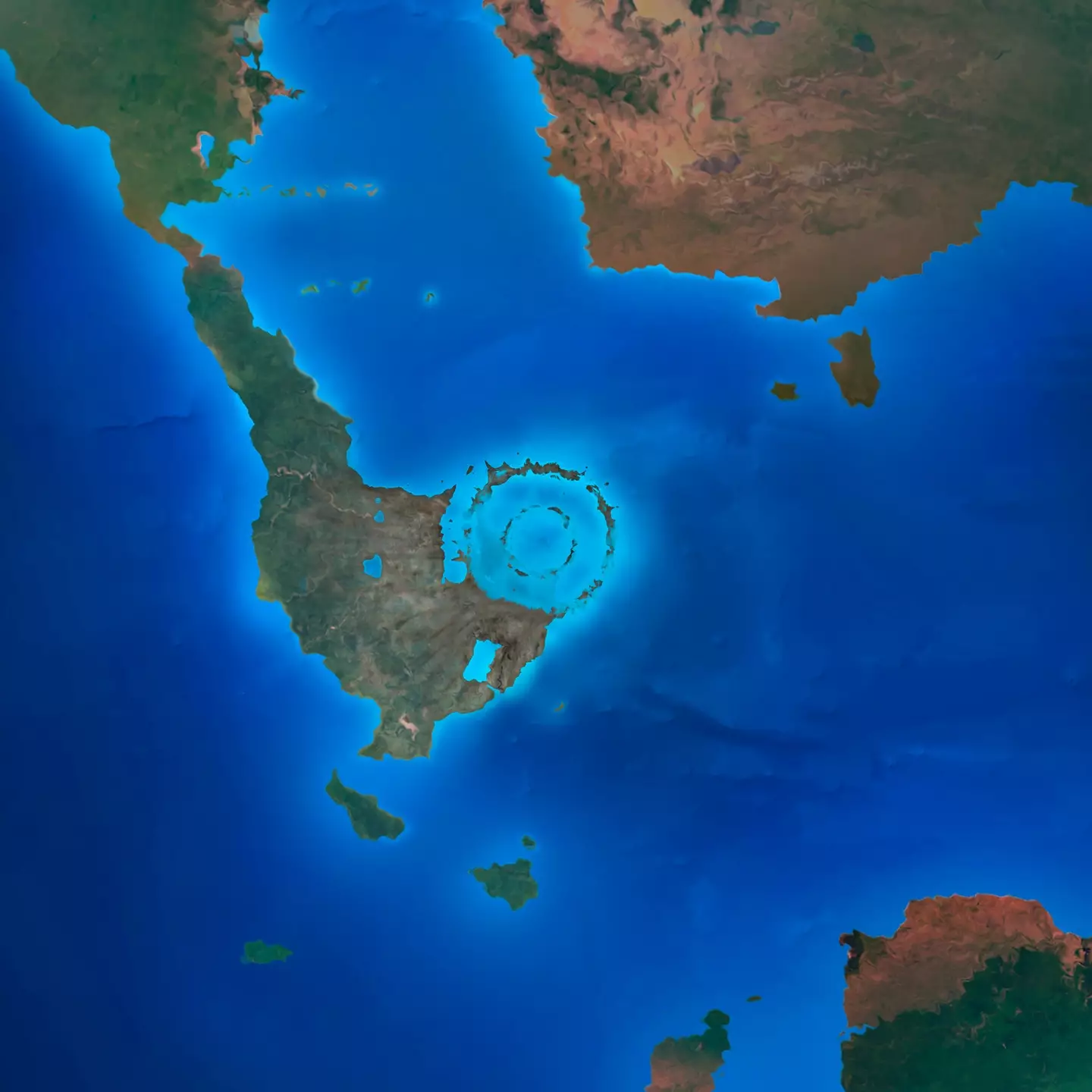Scientists Finally Pinpoint The Origin Of The Asteroid That Wiped Out The Dinosaurs
It’s not every day you solve a 66-million-year-old cold case, but that’s just what a team of spirited scientists has done. They’ve finally tracked down the neighborhood troublemaker responsible for the dinosaurs’ untimely exit from Earth’s stage.
Yes, we’re talking about the asteroid that brought an end to the reign of the mighty reptiles, and the findings are, quite literally, out of this world.
It's pretty much common knowledge that Earth's most legendary inhabitants, the dinosaurs, met their cataclysmic demise due to a rock from space.
Fast forward to today, and scientists have finally cracked the cosmic case of just where that infamous asteroid hailed from. Spoiler alert: It’s way beyond the asteroid belt, past Jupiter, and into the outer realms of our solar system!
That’s right, the asteroid that doomed the dinosaurs didn’t just casually drift in from the asteroid belt—it made an epic journey across the solar system to leave its mark on Earth. Unfortunately, that ‘mark’ consisted of bringing eternal doom to a staggering 60% of Earth's species and the infamous Chicxulub crater in Mexico.
But how did the scientists figure this out? Enter the latest study published in the journal Science with the rather intriguing title, “Ruthenium isotopes show the Chicxulub impactor was a carbonaceous-type asteroid.” I know, it sounds a bit like something you'd need a PhD to understand, but don't worry—I’ve got the CliffsNotes version for you.
The asteroid that made the Dino-Ending dent in Earth's history!
 The asteroid formed in the outer parts of the solar system. (Getty Stock Photo)
The asteroid formed in the outer parts of the solar system. (Getty Stock Photo)Researchers took a closer look at samples from the geological record around the time of the mass extinction, specifically from the boundary between the Cretaceous and Paleogene eras. They also compared these to samples from other asteroid impacts that occurred over the last 541 million years, as well as some really ancient impacts from billions of years ago.
What they found were telltale traces of ruthenium isotopes—an element that’s rare on Earth but common in meteorites.
Here’s where it gets interesting: these isotopes were almost uniform in the samples linked to the dinosaur-killing event. All evidence pointed to a specific type of space rock called a carbonaceous chondrite.
Now, carbonaceous chondrites are no ordinary asteroids—they’re a rare breed that usually form far, far away from the Sun. This crucial clue led the scientists to conclude that the Chicxulub impactor, the very rock that changed the course of life on Earth, was not a comet but a C-type asteroid that formed way out in the distant reaches of the solar system.
The Chicxulub crater A. K. A. Earth's Historical Facepalm
 The Chicxulub impact crater. (Getty Stock Photo)
The Chicxulub impact crater. (Getty Stock Photo)Why does this matter, you ask? Well, for starters, it fills in a crucial chapter of Earth’s history. Understanding the origins of such an impactful (pun intended) asteroid gives us more insight into the dynamics of our solar system and the history of collisions with Earth.
Plus, it might help us better predict and prepare for any future celestial threats.
So, hats off to our scientific space sleuths! Thanks to their work, we’ve nailed down where our history-changing asteroid came from, and in doing so, we’ve secured a bit more knowledge that just might help us safeguard our future. Because let’s face it, nobody wants to go the way of the dinosaurs.




